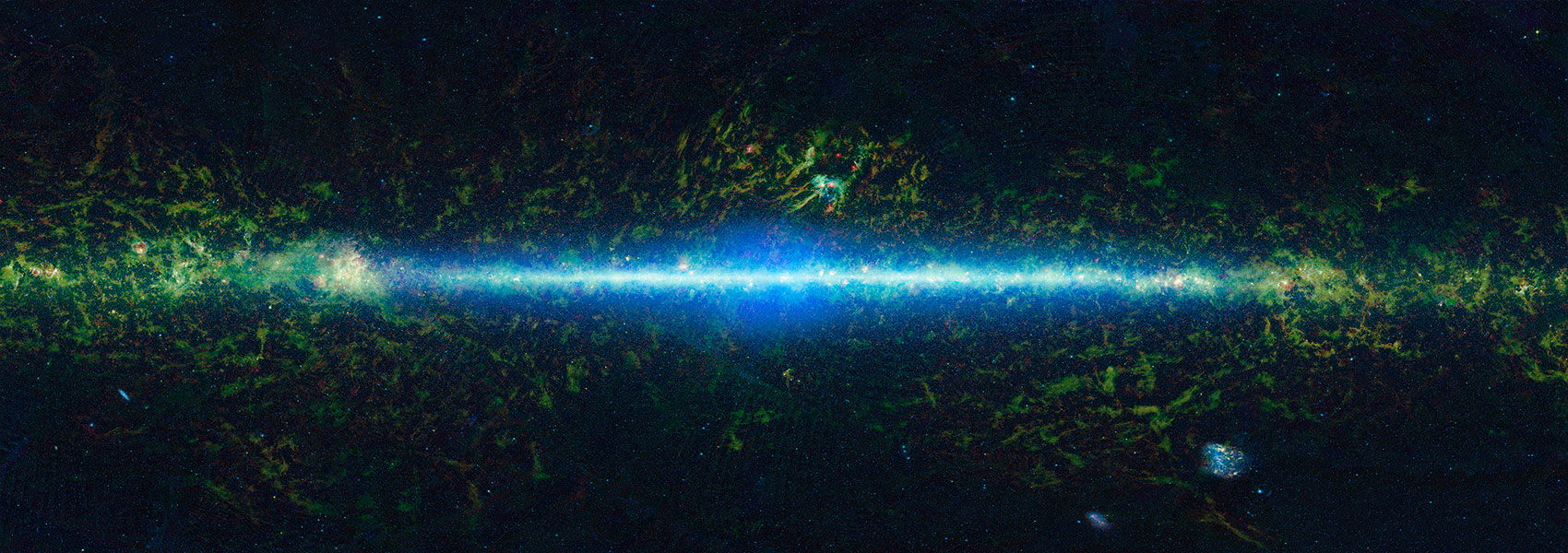December
2022
•
2022MNRAS.517.4005M
Authors
•
Mazeh, Tsevi
•
Faigler, Simchon
•
Bashi, Dolev
•
Shahaf, Sahar
•
Davidson, Niv
•
Green, Matthew
•
Gomel, Roy
•
Maoz, Dan
•
Sussholz, Amitay
•
Dong, Subo
•
Zhang, Haotong
•
Liu, Jifeng
•
Wang, Song
•
Luo, Ali
•
Zheng, Zheng
•
Hallakoun, Na'ama
•
Perdelwitz, Volker
•
Latham, David W.
•
Ribas, Ignasi
•
Baroch, David
•
Morales, Juan Carlos
•
Nagel, Evangelos
•
Santos, Nuno C.
•
Ciardi, David R.
•
Christiansen, Jessie L.
•
Lund, Michael B.
•
Winn, Joshua N.
Abstract
•
We have identified 2XMM J125556.57+565846.4, at a distance of 600 pc, as a binary system consisting of a normal star and a probable dormant neutron star. Optical spectra exhibit a slightly evolved F-type single star, displaying periodic Doppler shifts with a 2.76-d Keplerian circular orbit, with no indication of light from a secondary component. Optical and UV photometry reveal ellipsoidal modulation with half the orbital period, due to the tidal deformation of the F-star. The mass of the unseen companion is constrained to the range of 1.1-$2.1\, \mathrm{M}_{\odot }$ at 3σ confidence, with the median of the mass distribution at $1.4\, \mathrm{M}_{\odot }$, the typical mass of known neutron stars. A main-sequence star cannot masquerade as the dark companion. The distribution of possible companion masses still allows for the possibility of a very massive white dwarf. The companion itself could also be a close pair consisting of a white dwarf and an M star, or two white dwarfs, although the binary evolution that would lead to such a close triple system is unlikely. Similar ambiguities regarding the certain identification of a dormant neutron star are bound to affect most future discoveries of this type of non-interacting system. If the system indeed contains a dormant neutron star, it will become, in the future, a bright X-ray source and afterwards might even host a millisecond pulsar.
Links




